How To Use Nd Filter Apps ?
To use ND filter apps, you first need to download and install a compatible app on your smartphone or tablet. Once installed, open the app and select the desired ND filter strength or density. This will vary depending on the app you are using. Next, frame your shot and adjust the exposure settings in the app to compensate for the reduced light entering the camera. Finally, capture the photo or video using the app's built-in camera function. The app will apply the ND filter effect in real-time, resulting in a properly exposed image or video with reduced light intensity.
1、 Overview of ND Filter Apps: Features and Functions Explained
Overview of ND Filter Apps: Features and Functions Explained
ND (Neutral Density) filters are essential tools for photographers and videographers to control the amount of light entering their cameras. These filters help achieve creative effects such as motion blur, long exposures, and shallow depth of field in bright lighting conditions. While physical ND filters are commonly used, there are also ND filter apps available that simulate the effects of these filters digitally.
To use an ND filter app, follow these steps:
1. Download and install the app: Search for ND filter apps in your device's app store and choose one that suits your needs. Some popular options include ND Filter Pro, ND Filter Calculator, and ND Filter Expert.
2. Launch the app: Open the app on your device and familiarize yourself with its interface.
3. Set the desired filter strength: ND filter apps allow you to adjust the strength of the virtual filter. This is typically done by sliding a bar or selecting from a range of filter densities.
4. Adjust exposure settings: Depending on the app, you may need to manually adjust your camera's exposure settings to compensate for the reduced light. This can include adjusting the ISO, aperture, or shutter speed.
5. Capture your photo or video: Once you have set the desired filter strength and adjusted the exposure settings, you are ready to capture your image or video. Use the app's built-in camera or integrate it with your device's native camera app.
ND filter apps offer various features and functions to enhance your photography experience. Some apps provide filter stacking options, allowing you to combine multiple filters for different effects. Others offer live previews, enabling you to see the impact of the filter in real-time before capturing the shot.
It is important to note that while ND filter apps can simulate the effects of physical filters, they may not provide the same level of quality and control. Physical ND filters are still preferred by professionals for their superior optical performance and versatility.
In conclusion, ND filter apps are convenient tools for photographers and videographers who want to experiment with different filter effects without investing in physical filters. By following the steps outlined above, you can effectively use these apps to enhance your creative vision and capture stunning images or videos.

2、 Top ND Filter Apps for Mobile Photography
Top ND Filter Apps for Mobile Photography
ND (Neutral Density) filters are essential tools for photographers as they help control the amount of light entering the camera lens, allowing for creative effects and better exposure in various lighting conditions. While physical ND filters are commonly used with traditional cameras, mobile photography enthusiasts can also achieve similar results using ND filter apps. Here are some of the top ND filter apps for mobile photography:
1. ProCamera: This app offers a range of filters, including ND filters, to control exposure and capture stunning long-exposure shots. It provides a user-friendly interface and allows for manual adjustments to achieve the desired effect.
2. Camera+ 2: With its advanced manual controls, Camera+ 2 is a popular choice for mobile photographers. It offers a variety of filters, including ND filters, to enhance exposure and create long-exposure effects. The app also provides additional features like RAW shooting and editing tools.
3. Slow Shutter Cam: This app specializes in long-exposure photography and offers various filters, including ND filters, to capture motion blur and light trails. It provides adjustable shutter speeds and exposure settings, allowing for precise control over the final image.
To use ND filter apps effectively, start by selecting the desired app and installing it on your mobile device. Once installed, open the app and familiarize yourself with its interface and features. Most apps will have a dedicated section for filters, including ND filters. Select the ND filter option and adjust the intensity or strength of the filter as needed. Some apps may also allow you to adjust other settings like shutter speed and ISO to further refine the exposure. Experiment with different settings and filters to achieve the desired effect. Additionally, consider using a tripod or stabilizing your device to minimize camera shake, especially when using longer exposure times.
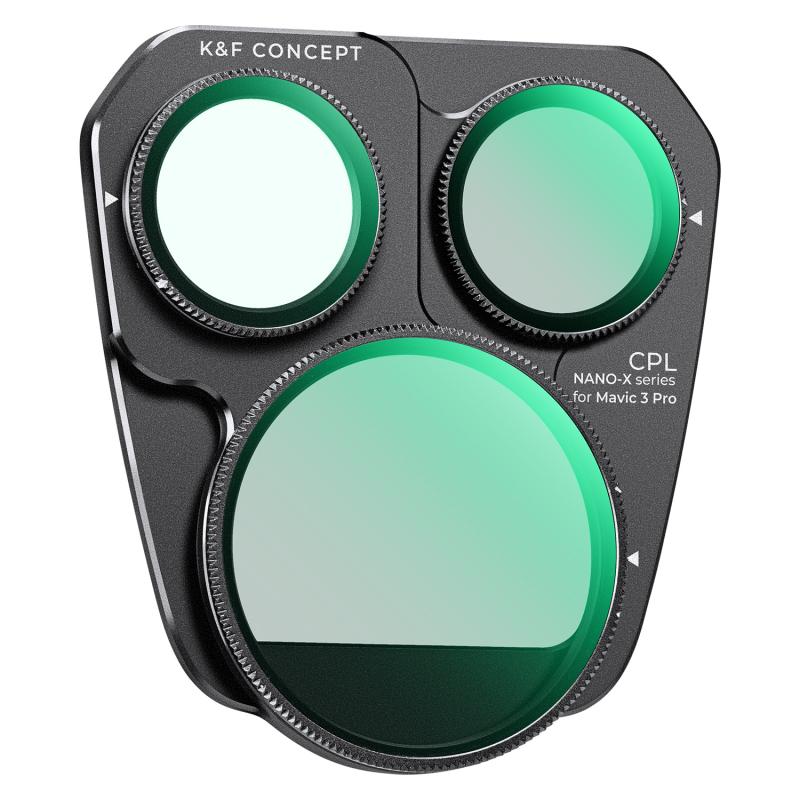
3、 Step-by-Step Guide: Using ND Filter Apps for Different Effects
Step-by-Step Guide: Using ND Filter Apps for Different Effects
Neutral Density (ND) filters are essential tools for photographers and videographers to control the amount of light entering the camera. They help achieve various creative effects such as motion blur, long exposures, and shallow depth of field. While physical ND filters are commonly used, ND filter apps have gained popularity due to their convenience and versatility. Here's a step-by-step guide on how to use ND filter apps for different effects:
1. Choose a reliable ND filter app: There are several ND filter apps available for both iOS and Android devices. Research and select an app that suits your needs and has positive user reviews.
2. Install and open the app: Download and install the chosen ND filter app from your device's app store. Once installed, open the app to access its features.
3. Select the desired ND filter strength: ND filters come in different strengths, usually measured in stops. In the app, choose the appropriate ND filter strength based on the lighting conditions and the effect you want to achieve.
4. Adjust exposure settings: Most ND filter apps allow you to manually adjust exposure settings such as ISO, shutter speed, and aperture. Experiment with these settings to achieve the desired effect.
5. Capture your photo or video: Once you have set the desired ND filter strength and adjusted exposure settings, capture your photo or video using the app's built-in camera or by importing existing media.
6. Edit and enhance: Many ND filter apps offer editing tools to further enhance your images or videos. These tools may include cropping, color correction, and filters. Explore these options to add your personal touch.
7. Share your work: After editing, save your work and share it on social media platforms or with friends and colleagues to showcase your creativity.
It's important to note that while ND filter apps can simulate the effects of physical ND filters, they may not provide the same level of quality and precision. However, they offer a convenient and cost-effective alternative for photographers and videographers on the go. Stay updated with the latest ND filter app developments to take advantage of new features and improvements.
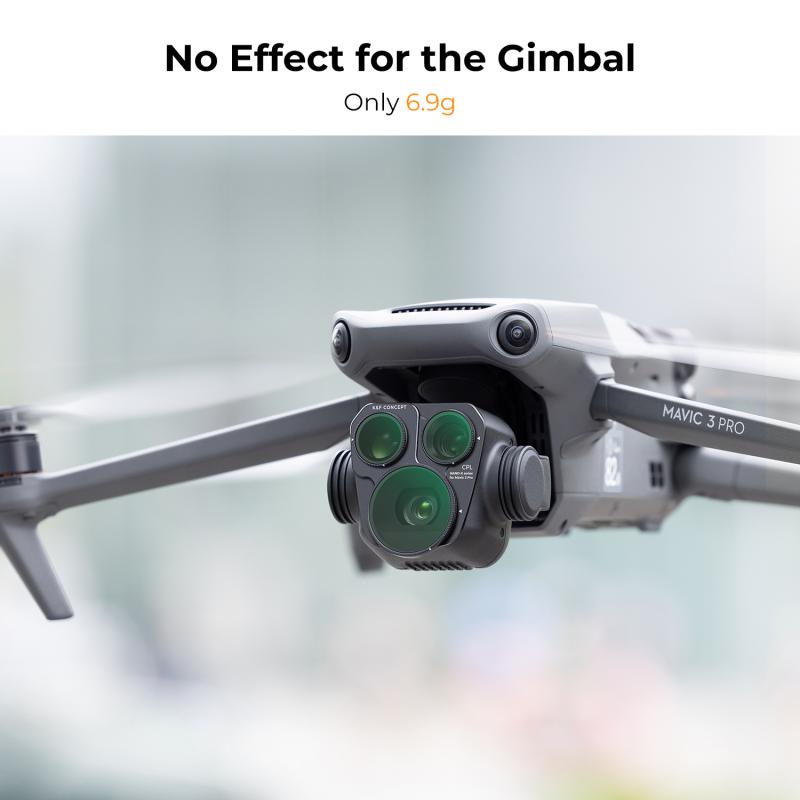
4、 Understanding ND Filter App Settings and Adjustments
Understanding ND Filter App Settings and Adjustments
Using ND filter apps can greatly enhance your photography skills by allowing you to control the amount of light entering your camera lens. ND filters are particularly useful in situations where you want to achieve long exposure effects or capture scenes with high contrast lighting. Here's a guide on how to use ND filter apps effectively:
1. Install a reputable ND filter app: There are several ND filter apps available for both iOS and Android devices. Look for apps that have positive user reviews and offer a wide range of filter options.
2. Familiarize yourself with the app's interface: Once you've installed the app, take some time to explore its features and settings. Most apps will have a user-friendly interface with options to adjust the strength of the ND filter, select different filter types, and set exposure times.
3. Choose the appropriate filter strength: ND filters come in different strengths, usually measured in stops. The higher the number of stops, the darker the filter. Select a filter strength based on the lighting conditions and the effect you want to achieve. For example, a 3-stop ND filter is ideal for slightly reducing light in bright conditions, while a 10-stop ND filter is suitable for long exposure photography.
4. Adjust exposure settings: ND filters reduce the amount of light entering the lens, so you'll need to compensate by adjusting your camera's exposure settings. Most ND filter apps have built-in exposure calculators that help you determine the correct exposure time based on the filter strength.
5. Experiment and practice: The best way to master using ND filter apps is through experimentation and practice. Try different filter strengths and exposure settings to see how they affect your photos. Don't be afraid to make adjustments and learn from your results.
In conclusion, understanding ND filter app settings and adjustments is crucial for achieving the desired effects in your photography. By installing a reputable app, familiarizing yourself with its interface, choosing the appropriate filter strength, adjusting exposure settings, and practicing, you'll be able to capture stunning images with the help of ND filters.
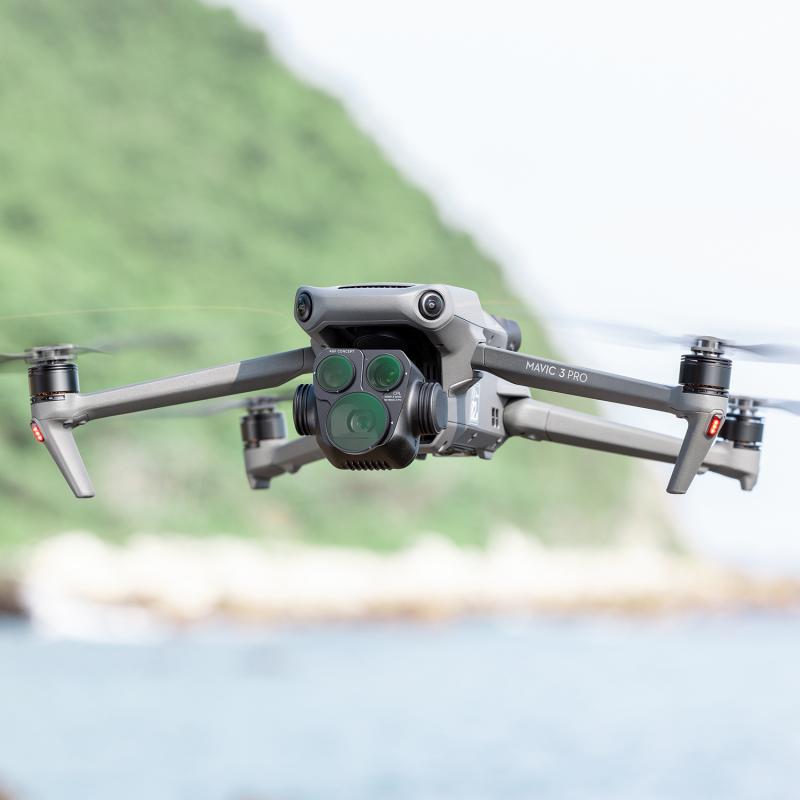










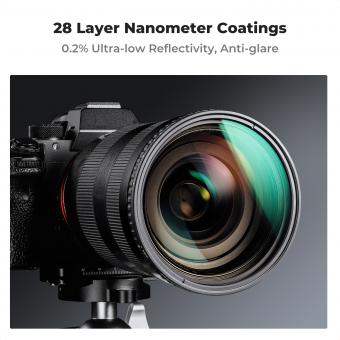
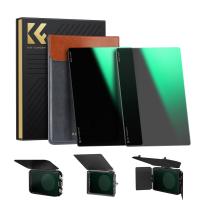
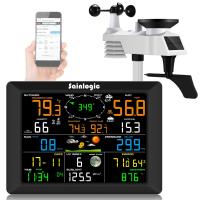

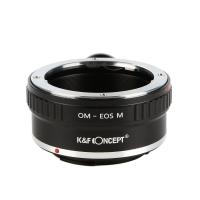
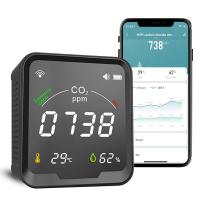

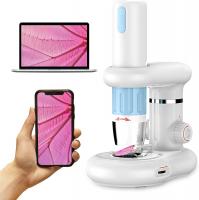

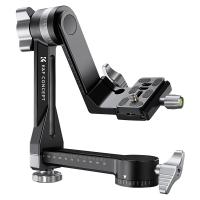
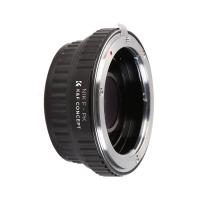
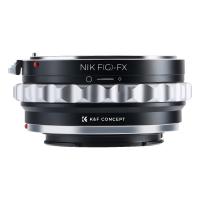


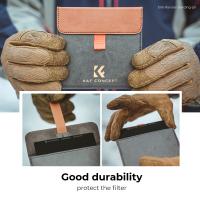
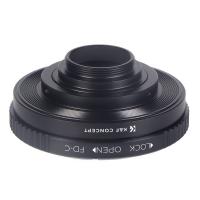

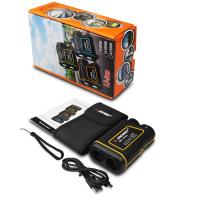
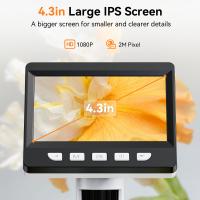
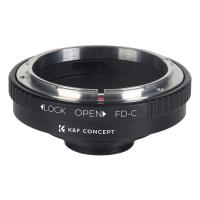
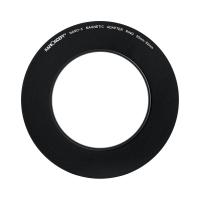
There are no comments for this blog.